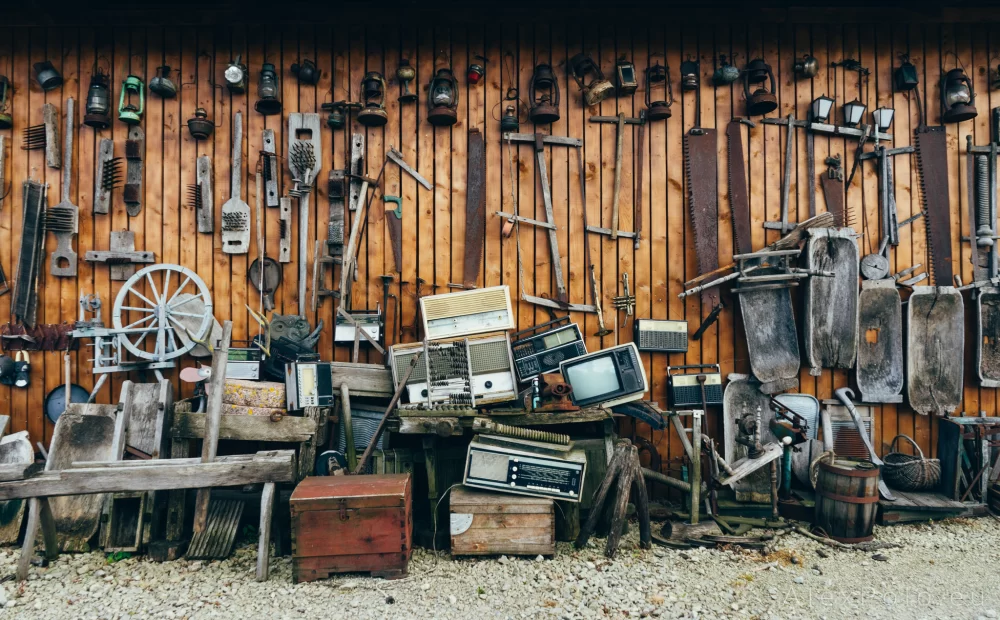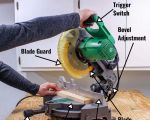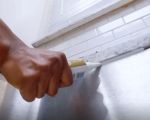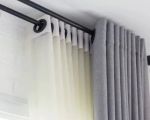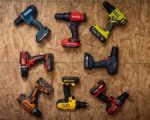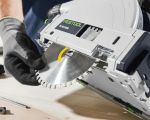How to Fix a Leaking Roof with Basic Tools: A Step-by-Step Guide
- Why You Should Fix a Leaking Roof Early
- Gathering the Right Tools for the Job
- Identifying the Source of the Leak
- Repairing the Leak: Step-by-Step Process
- When to Call Professionals for Roof Repair
- Real-Life Case Study: Fixing a Leaking Roof
Why You Should Fix a Leaking Roof Early
Roof leaks, if left untreated, can cause significant damage to your home. Whether it's a minor drip or a major water infiltration, addressing the issue as soon as possible can save you money in the long run. Water damage can weaken the structure of your roof, cause mold growth, and lead to costly repairs down the road. A quick fix with basic tools can prevent these problems from escalating and keep your home safe and dry.
In addition to protecting your home from water damage, fixing a leaking roof early also prevents energy inefficiency. A leaky roof can lead to heat loss or gain, making it harder to regulate indoor temperatures and raising your energy bills. With the right approach and tools, you can easily fix the leak and maintain the comfort and integrity of your home.
Gathering the Right Tools for the Job
Before you start the roof repair process, it's essential to have the right tools. You don't need expensive equipment or specialized tools to fix a leaking roof; most repairs can be done with basic tools that are likely already in your toolkit. Here's what you'll need:
- Ladder: A sturdy ladder is essential for accessing your roof safely. Make sure it's tall enough to reach the area where the leak is located.
- Caulk or Roof Sealant: You’ll need a high-quality roof sealant to cover the leak. Make sure to choose one that is designed for outdoor use and works well with your roofing material.
- Roofing Nails: If the leak is caused by damaged or loose shingles, you’ll need roofing nails to secure the shingles back in place.
- Shingles (if necessary): If any shingles are missing or damaged, you’ll need replacement shingles to seal the leak.
- Utility Knife: A utility knife can help you cut the shingles or roof material to fit properly during the repair process.
- Work Gloves: Always wear protective gloves to avoid cuts and injuries while working on your roof.
- Safety Harness (if necessary): If your roof is particularly steep or high, using a safety harness can provide extra security while working at height.
Identifying the Source of the Leak
Finding the exact source of a roof leak can sometimes be tricky, as water can travel along beams and rafters before dripping down into your home. Here’s how to identify the leak’s origin:
- Inspect the Roof Shingles: Check for any missing, cracked, or damaged shingles. These are the most common culprits when it comes to roof leaks.
- Look for Holes or Punctures: Holes in the roof, caused by things like fallen branches or weather damage, can also lead to leaks.
- Check Flashing and Seals: Flashing, which seals joints around chimneys, skylights, and vents, is another common source of leaks. Inspect these areas to ensure the sealant hasn’t cracked or deteriorated.
- Search for Water Stains Inside: If you’re having trouble finding the leak from the outside, look for water stains on your ceiling or walls. The water stains can help direct you to the general area of the leak.
Repairing the Leak: Step-by-Step Process
Once you’ve identified the source of the leak, you can begin the repair process. Here’s a step-by-step guide to fixing a leaking roof with basic tools:
- Step 1: Prepare the Area - Set up your ladder safely and ensure you have access to the roof area where the leak is located. Make sure the surface is dry before you start working.
- Step 2: Remove Damaged Shingles - If any shingles are damaged, carefully remove them using a utility knife or pry bar. Be gentle to avoid causing additional damage to the surrounding shingles.
- Step 3: Apply Roof Sealant - For small cracks or gaps, apply a generous amount of roof sealant to the affected area. Smooth it over with a putty knife, ensuring that it covers the entire leak.
- Step 4: Replace Shingles - If shingles are missing, place new ones in the gap, securing them with roofing nails. Make sure they align with the existing shingles and are tightly in place.
- Step 5: Seal the Edges - Once the new shingles are in place, apply a thin layer of roof sealant around the edges to ensure they are fully waterproof.
- Step 6: Test the Repair - After the sealant has dried, spray water on the roof with a hose to test for any remaining leaks. If the area is dry, your repair is complete!
When to Call Professionals for Roof Repair
While minor roof leaks can often be repaired with basic tools, there are situations where it’s best to call in a professional roofer. If the leak is extensive, involves complex roofing systems, or if you’re uncomfortable working at height, it’s important to hire an experienced professional. A roofer can assess the damage, ensure proper repairs are made, and help prevent future leaks from occurring.
Real-Life Case Study: Fixing a Leaking Roof
Take the case of John, a homeowner who noticed water stains on his ceiling after a heavy rainstorm. After climbing up to inspect his roof, he discovered a few cracked shingles. Armed with basic tools, he was able to replace the shingles and seal the cracks, effectively fixing the leak. John’s experience shows that with the right tools and a little know-how, you can tackle minor roof repairs on your own and save money.
However, John also recognized that for larger roofing issues, like a more extensive leak or structural damage, calling a professional would be the safest option. His story demonstrates the importance of knowing when to DIY and when to get expert help.
If you’re looking to tackle a roof leak on your own, or need more tools and supplies for your next DIY project, visit ToolNest for the best equipment and expert advice to ensure a successful repair!

